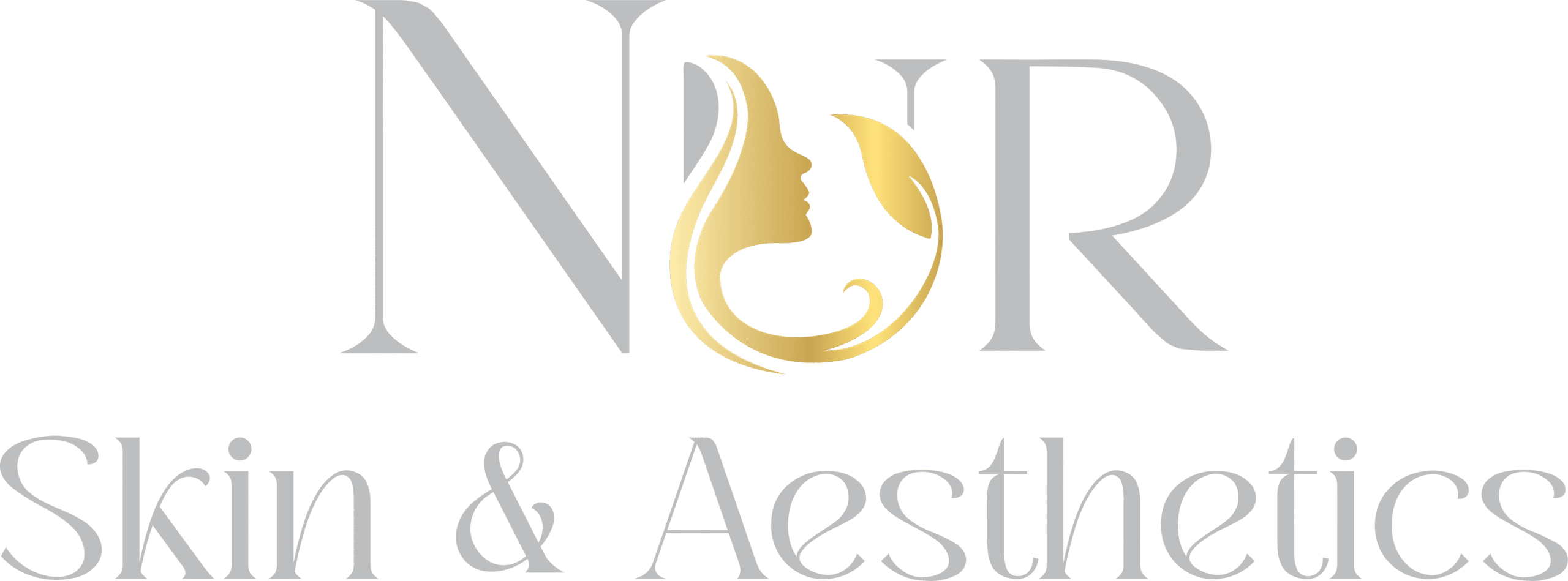Many people assume body contouring and weight loss are the same, but they serve very different purposes in the world of aesthetics and wellness. Understanding the distinction between the two can help you make the right decision for your personal health and appearance goals.
Weight loss is a reduction in overall body mass, often achieved through diet, exercise, or medical intervention. It primarily targets fat stored throughout the body, including visceral fat that surrounds internal organs. The goal is to improve general health, manage conditions like obesity, and reduce the number on the scale.
On the other hand, body contouring focuses on reshaping specific areas of the body to enhance appearance. It’s not about losing large amounts of weight but rather targeting stubborn fat pockets, loose skin, or uneven contours that don’t respond to regular exercise and diet. Body contouring treatments are ideal for people who are near their ideal weight but want more definition and tone.
Common non-surgical body contouring methods include technologies like cryolipolysis (fat freezing), radiofrequency, ultrasound, and laser-based systems. These treatments break down fat cells, tighten skin, and stimulate collagen production—without downtime or surgery.
Surgical options such as liposuction or tummy tucks are also considered body contouring procedures, offering more dramatic and immediate results, especially for individuals with excess skin after major weight loss.
A key difference lies in outcomes:
- Weight loss may result in loose or sagging skin, especially if the reduction is rapid.
- Body contouring, however, tightens and smooths the skin, creating a sculpted, more youthful appearance.
It’s also worth noting that body contouring does not replace a healthy lifestyle. It complements it—by refining the results of your fitness journey and boosting confidence in your body’s shape.
In summary, weight loss changes your size; body contouring changes your shape. Both have their place, and depending on your goals, one or a combination of both may be right for you. Always consult with a professional to find the most effective and safe path forward.



